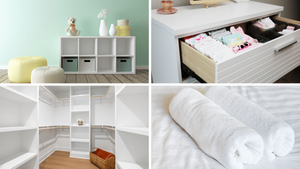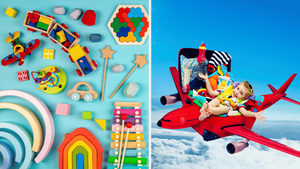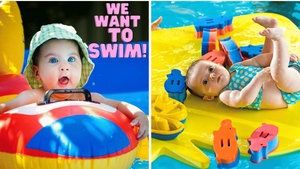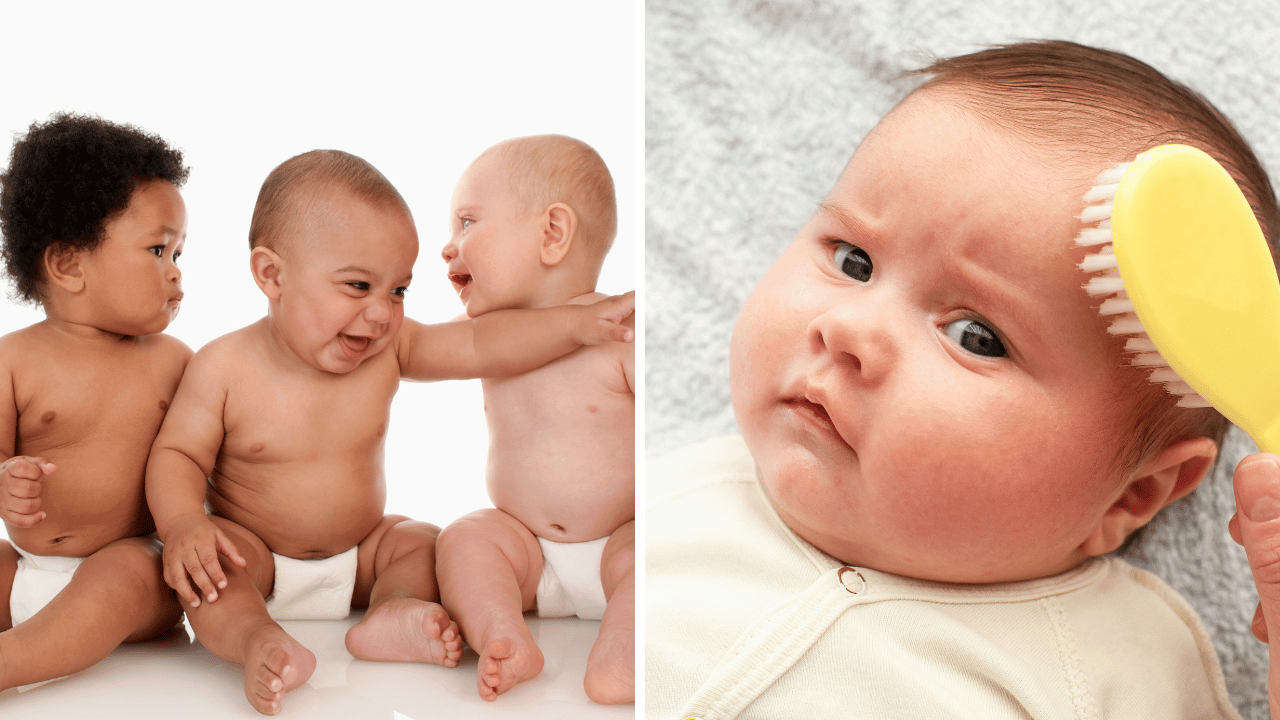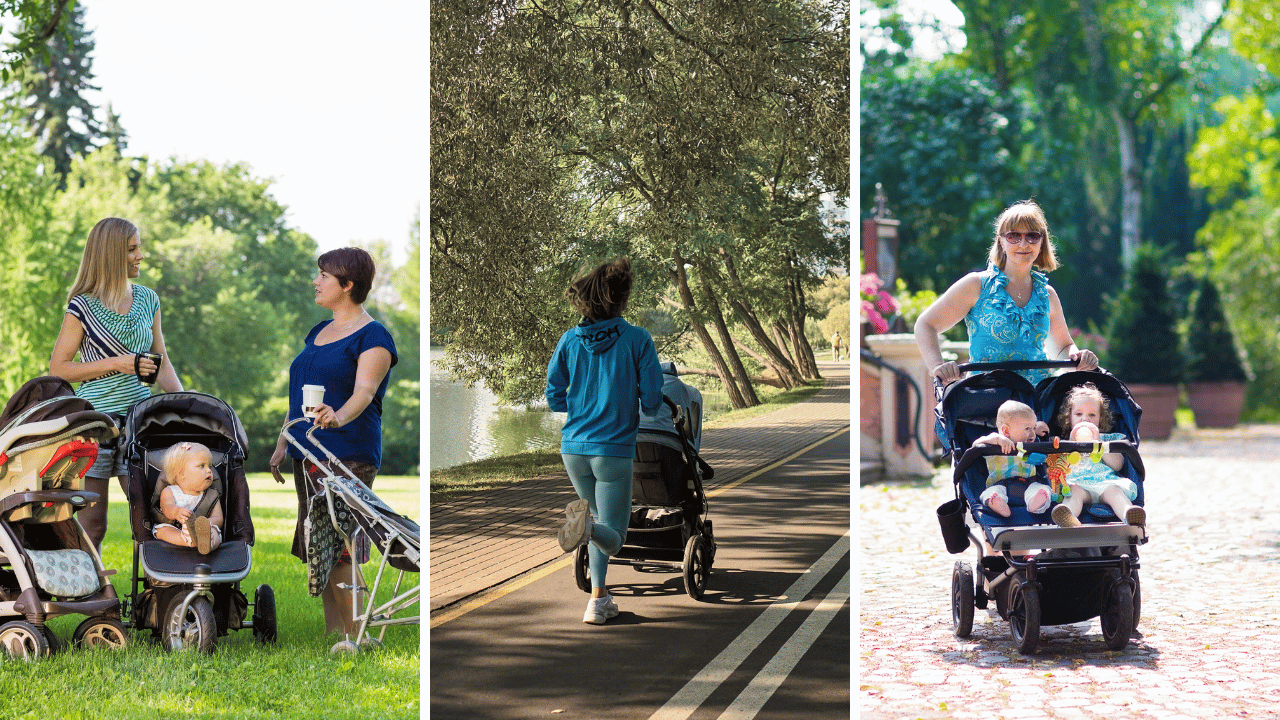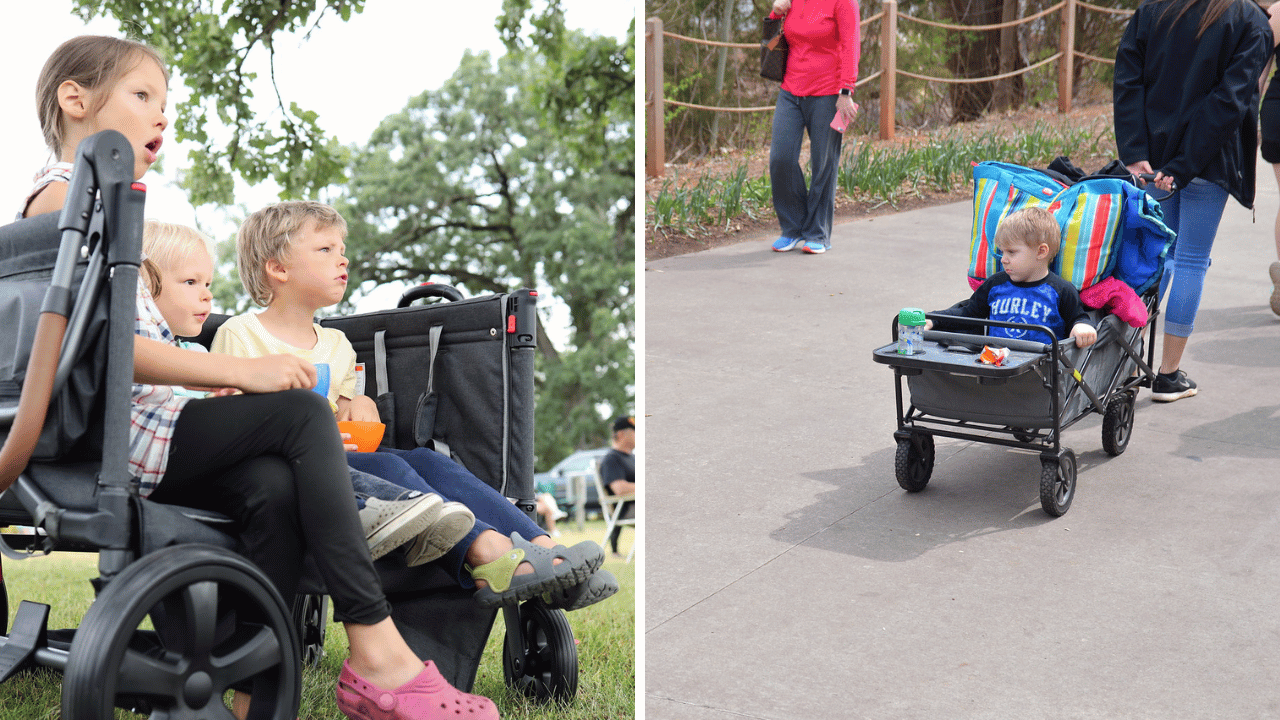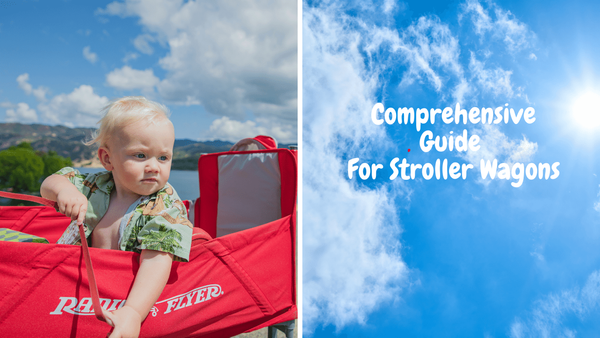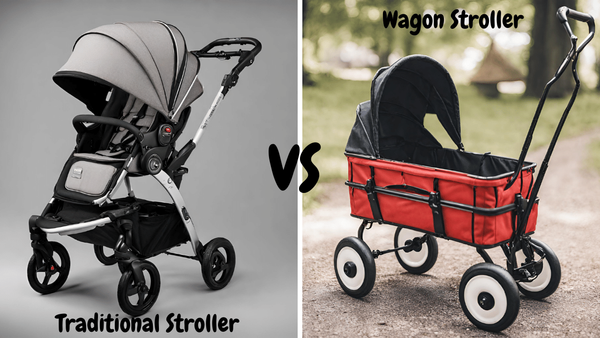Are you a parent wondering when to move up in pacifier size for your baby? Knowing the right time to switch can be tough, especially considering all the different pacifier options out there.
To help ease your mind and make sure that you're providing your child with the best style of pacifier for their growth and development, we've compiled everything you need to know into this comprehensive guide.
In this article, we'll not only cover what size soother is suited for which age range, but also share tips on how you should monitor if it's time to upgrade - read on.
When to change a pacifier size?
Here are the general guidelines for transitioning through pacifier sizes:
0-6 months: Newborns typically need smaller pacifiers to fit their tiny mouths. Look for a size 1 or 2, depending on your baby's preference.
6+ months: As babies grow, their mouths naturally become larger and they'll need a bigger size to accommodate this growth. Size 3 or 4 pacifiers are usually the best fit for this age group
9+ months: -At this stage, most babies can comfortably use a size 5 or 6.
It's important to note that every baby is different and some may need a larger pacifier size than others of the same age.
If your baby seems uncomfortable with their current paci, it may be time to try a bigger size. Also, keep in mind that pacifier styles such as orthodontic and pre-formed usually require a larger size than average for their respective age range.
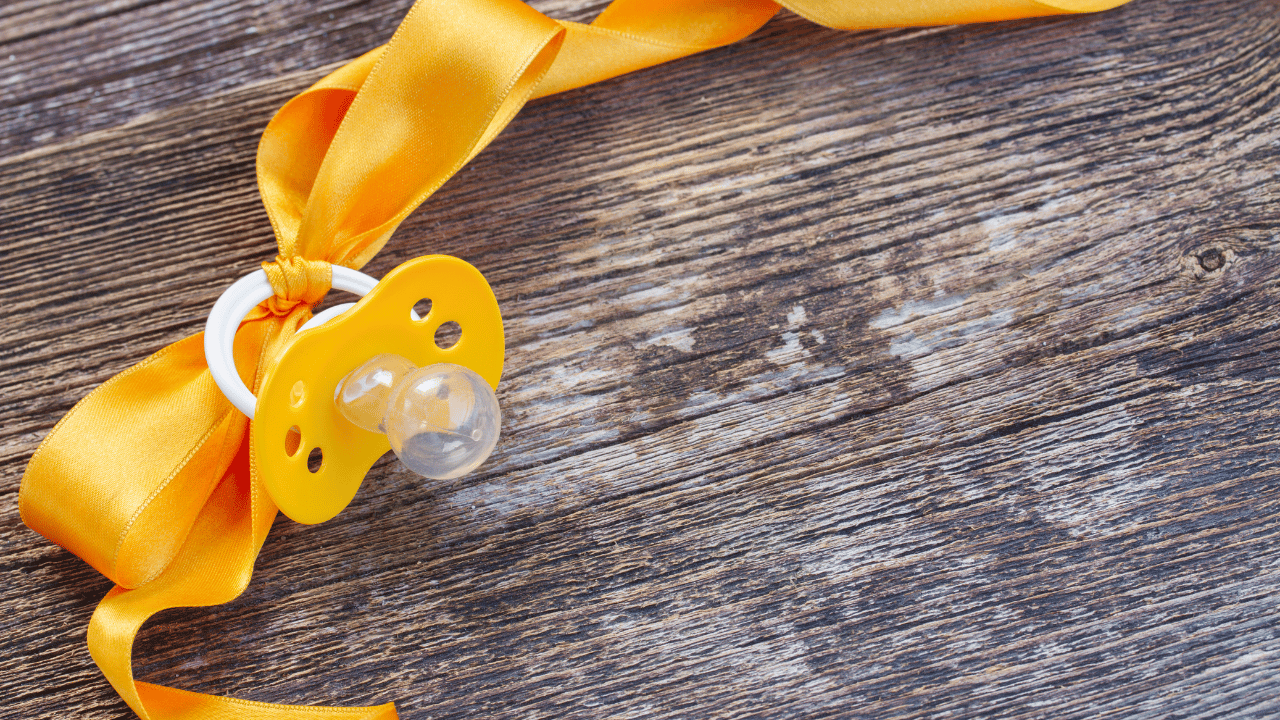
What is a pacifier and why do babies need them
The pacifier is a common tool used to soothe and comfort babies. Its soft and malleable rubber or silicone construction allows it to fit in your baby’s mouth, giving them the sensation of sucking. This helps your baby feel safe and secure while also providing them with an outlet for their natural need to suck.
How to know when it's time to switch to the next size up
Keep an eye out for any signs that it may be time to switch up pacifier size. If your baby is having trouble keeping the soother in their mouth or if the silicone is wrinkling when they suck, then it's time to move up a size. Additionally, if you notice that your baby has stopped using their pacifier altogether or seems disinterested in it, then you may need to look into getting a larger size.
It's always best to check with your pediatrician before making the switch, as they will be able to assess your baby’s mouth and give their opinion on which size would be best for them.
Types of pacifiers available on the market today
When selecting the right pacifier for your baby, you'll want to consider both the size and the style. Some popular pacifier designs include orthodontic, pre-formed, cut out, and traditional.
Each of these styles will have a recommended age range that they should be used in - so make sure to double check what type of pacifier you're getting before making your purchase.

Pros and cons of different types of pacifiers
Pros
• Orthodontic pacifiers are designed to help encourage proper dental development and reduce the risk of misaligned teeth.
• Pre-formed pacifiers can provide extra comfort for babies with larger mouths, as they tend to be softer and more flexible than their traditional counterparts.
• Cut out pacifiers are ideal for teething babies, as they provide more surface area for them to chew on.
Cons
• Orthodontic pacifiers can often become uncomfortable faster as baby's grow, so they should be watched closely and replaced regularly.
• Pre-formed pacifiers may not fit snugly in smaller mouths, so it’s important to make sure you get the right size for your baby.
• Cut out pacifiers can be difficult to clean and are more prone to collecting dirt and bacteria.
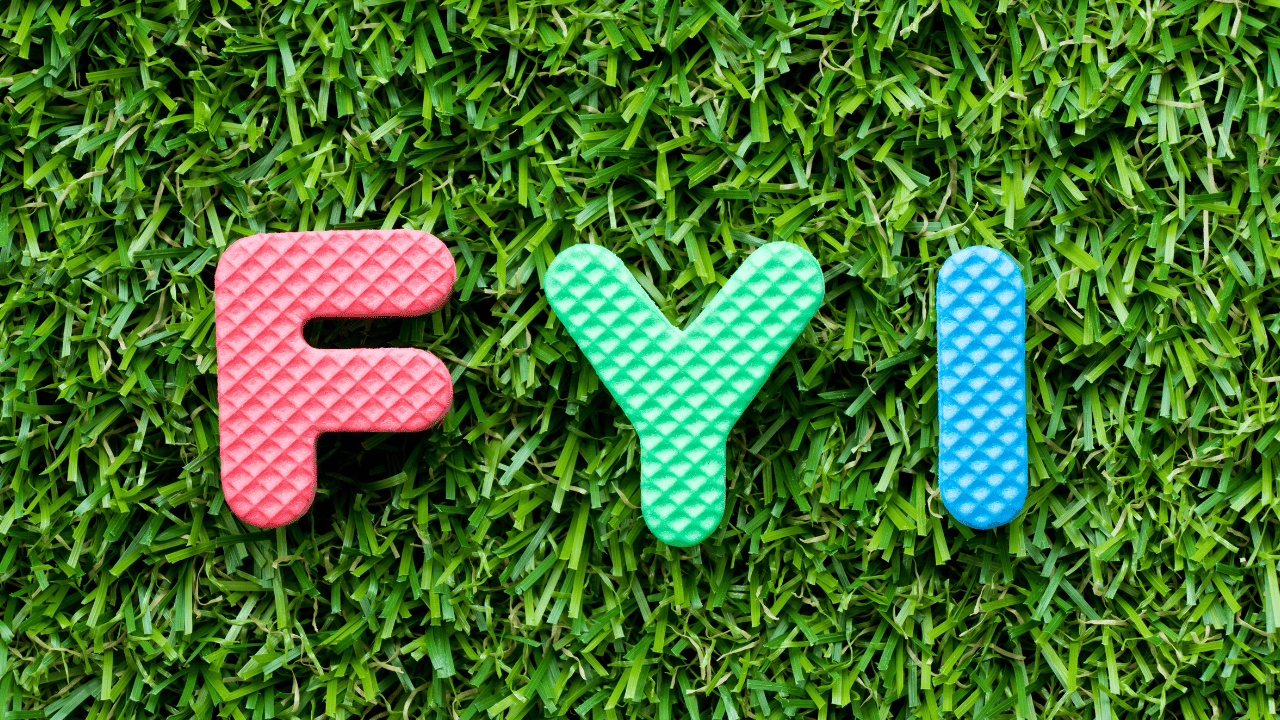
Cleaning tips for used pacifiers
It’s important to clean your baby’s pacifiers regularly to make sure that they remain safe and hygienic. Here are some tips for cleaning used pacifiers:
• Rinse the paci with warm water before each use.
• Wash the pacifier in hot, soapy water after each use and let it air dry.
• If you’re using a dishwasher, make sure the pacifier is washed on the top rack and run an extra rinse cycle for good measure.
• Replace your baby’s pacifier every 3-4 months or sooner if it begins to show signs of wear and tear.
We hope that this guide has been helpful in answering your questions and providing you with some clarity on when to change pacifier size for your baby. Remember, each child is different so it’s important to consult with your pediatrician before making the switch.
When To Change Your Baby's Pacifier Size FAQs
Is it safe to keep the same pacifier size for my baby?
No. It’s important to switch up your baby’s pacifier size as needed to accommodate their growth and development. The size of their pacifier should be evaluated on a regular basis to make sure it fits them properly. Also, it’s important to replace pacifiers every 3-4 months or sooner if they show signs of wear and tear.
What is the difference between orthodontic and pre-formed pacifiers?
Orthodontic pacifiers are designed to promote healthy dental development and support the growth of your baby’s teeth. Pre-formed pacifiers are typically softer and more flexible than their traditional counterparts, making them a great choice for babies with larger mouths.
What is the best way to clean a used pacifier?
It’s important to rinse the pacifier with warm water before each use and wash it in hot, soapy water after each use. If you’re using a dishwasher, make sure the pacifier is washed on the top rack and run an extra rinse cycle for good measure. Additionally, it’s important to replace your baby’s pacifier every 3-4 months or sooner if it begins to show signs of wear and tear.
Final Thoughts
In conclusion, understanding when to change your baby's pacifier size is key in providing them the best experience and comfort possible. Ultimately, it should be based on the size and age of your baby - regularly check for signs of discomfort or discomfort and opt for a larger pacifier if either is present.
When doing so, also make sure you purchase the right-sized version as some brands come in considerably smaller sizes than others.
So don't forget: when it comes to when to change a pacifier size, look out for potential issues such as skin irritation, fit problems and too-early discarding of used pacifiers and then take action accordingly.


